Dried Poppy Pods (unwashed)
$210.00 – $645.00
Dried Poppy Pods (unwashed)
Introduction
Poppy pods are more than just a unique addition to your home decor; they carry a rich history and an air of mystery. With their delicate shapes and muted colors, these natural wonders capture the imagination and evoke curiosity. They have been used for centuries in various cultures, serving purposes that range from artistic expression to traditional medicine.
As you journey through this article, you’ll discover not only how they are cultivated but also the controversies surrounding them. Their beauty is often shadowed by complex narratives involving opium production and safety concerns. Yet, there’s something undeniably captivating about incorporating these rustic elements into your life.
Join us as we explore the multifaceted world of poppy pods—unwashed treasures that bring nature’s artistry right into your living space while sparking conversations on history, culture, and creativity.
The History and Uses of Poppy Pods
Poppy pods have a rich history that dates back thousands of years. Ancient civilizations, including the Sumerians and Egyptians, revered these plants for their unique properties. They often used them in rituals and traditional medicine.
In various cultures, poppy pods symbolized sleep and death. Their alluring beauty attracted artists and poets alike. The delicate structure of the pod has inspired countless works throughout history.
Beyond symbolism, they serve practical purposes as well. In folk medicine, they were utilized to create soothing teas or poultices for ailments ranging from insomnia to pain relief.
Today, they are celebrated primarily for their aesthetic appeal in floral arrangements and home decor. Many people appreciate their natural elegance in rustic settings or as part of seasonal displays.
How are Poppy Pods Grown and Harvested?
It begins its journey in vibrant fields where the opium poppy, Papaver somniferum, flourishes. Farmers carefully select fertile soil and a sunny spot for these delicate plants.
Once planted, they require attentive care through their growth cycle. Watering must be balanced; too much or too little can affect yield. As flowers bloom, they display a stunning array of colors before eventually wilting.
Harvesting is an art form in itself. When the petals fall, it’s time to collect the pods. Farmers gently cut them from the stem at just the right moment to ensure optimal dryness and preservation.
After harvesting, the pods are left to dry naturally under sunlight or in well-ventilated areas. This process enhances their beauty while maintaining structural integrity for various uses later on—whether decorative or practical purposes lie ahead for these versatile creations.
The Controversy Surrounding the Use of Poppy Pods
They evoke fascination and beauty, yet they carry a weighty controversy. Their connection to the opium trade casts a long shadow over their use in decor and crafts.
Many people are unaware that these seemingly innocent pods can be linked to deeper societal issues. The illegal drug trade has its roots in the cultivation of certain poppy varieties, raising ethical questions about using them for ornamental purposes.
Some argue that enjoying poppy pods as home decor trivializes serious matters related to addiction and substance abuse. This tension often leads to heated debates within communities.
Moreover, regulations surrounding their sale vary widely across countries. In some places, purchasing dried poppy is perfectly legal while in others it raises eyebrows or even invites legal scrutiny.
Navigating this landscape requires awareness and sensitivity, especially when discussing the aesthetics versus implications of incorporating poppy pods into our lives.
Opium in poppy pods
Poppy pods are often associated with opium, a potent substance derived from the sap of certain poppy species. When harvested at the right time, these pods contain traces of this narcotic compound.
The opium is not found in dried pods themselves but rather in the latex that seeps from fresh cuts on unripe seed heads. This process is ancient and has been practiced for centuries across various cultures.
While some may view poppy pods solely as decorative elements, they carry a deeper historical significance tied to both medicinal uses and illicit trade. Understanding their connection to opium allows for a greater appreciation of their complexity.
It’s essential to approach this topic with care due to legal restrictions surrounding opium-related products in many regions. Awareness can help foster responsible use and respect for these intriguing plants and their storied past.
Precautions and Safety Measures When Handling the Pods
Handling them can be a delightful experience, but it’s important to keep safety in mind. Always wash your hands after handling the pods. This is especially crucial if you have touched any part of the plant that may contain residual sap.
Keep them out of reach from children and pets. While they are often used decoratively, curiosity can lead to unintended consequences for little ones or furry friends.
When crafting, wear gloves if you’re sensitive to allergens. The natural fibers and dust from these plants might irritate some skin types.
Store them in a cool, dry place away from direct sunlight. Excessive moisture or heat can lead to deterioration or mold growth over time.
Remember that while they are beautiful additions to arrangements, respecting their nature ensures enjoyment without risk.
Creative Ways to Incorporate Poppy Pods into Your Home Decor
They add a touch of rustic elegance to any space. Their unique shapes and muted colors make them perfect for various decor styles.
Consider creating an eye-catching centerpiece. Arrange the pods in a shallow bowl or on a decorative plate, mixing with other natural elements like stones or dried flowers.
For a striking wall display, group several stems in a tall vase placed on a console table. This brings height and drama to your room without overwhelming it.
You can also incorporate poppy pods into wreaths. Combine them with evergreen branches, twigs, or seasonal florals for year-round charm.
Don’t forget about smaller arrangements! Use individual pods as place card holders at dinner parties or include them in gift wrapping for that extra special touch.
These versatile botanicals can transform your home, adding texture and interest wherever they are placed.
Conclusion: The Beauty and Versatility of Dried Poppy Pods
They are more than just a decorative element. Their unique shapes and textures add character to any space, making them a favorite among interior designers and DIY enthusiasts alike. These natural treasures evoke a sense of rustic charm that is hard to replicate with artificial decor.
Their versatility extends beyond aesthetics; they can be used in various crafts and arrangements. They blend beautifully with other dried flowers or stand alone as striking centerpieces. Plus, they’re easy to incorporate into seasonal decorations or special occasions.
While it’s important to handle them with care due to the controversies surrounding their use, there’s no denying the allure of these botanical wonders. Whether you’re looking for an eye-catching centerpiece or an organic touch in your home, poppy pods offer endless possibilities for creativity and style. Embrace their beauty—your spaces will thank you for it!
| Quantity | 1.5 kg, 2.5 kg, 3.5 kg, 5 kg |
|---|
Reviews
Add a review Cancel reply
Related products
Dried Poppy Heads A GRADE
Dried Poppy Pods (unwashed poppy)
Dried Poppy Pods (unwashed poppy)
Dried Poppy Pods (unwashed poppy)
Dried Poppy Heads
Dried Poppy Pods (unwashed poppy)
Dried Poppy Pods (unwashed poppy)
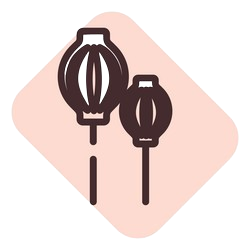
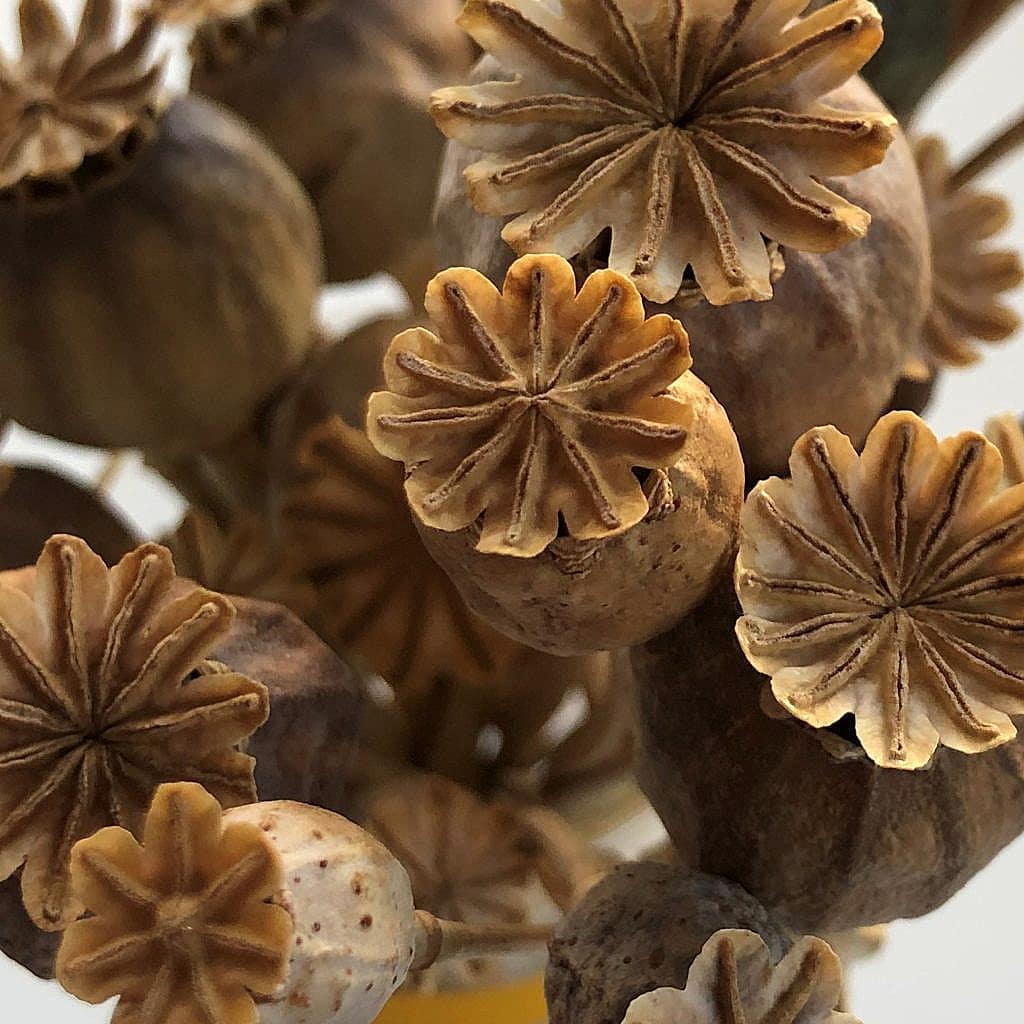
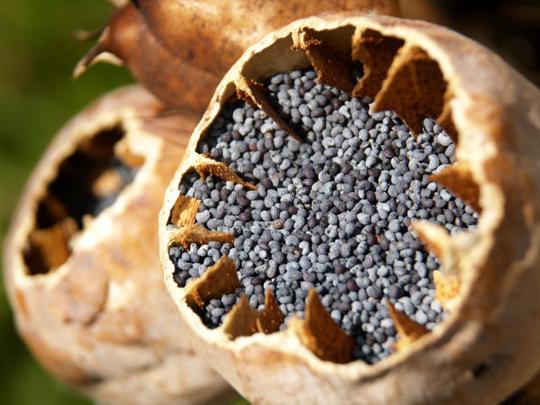
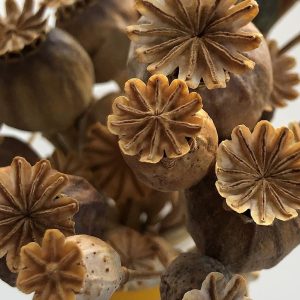
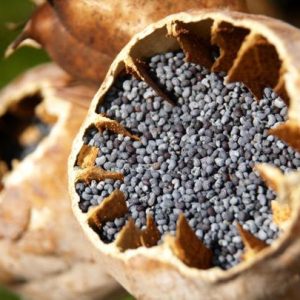
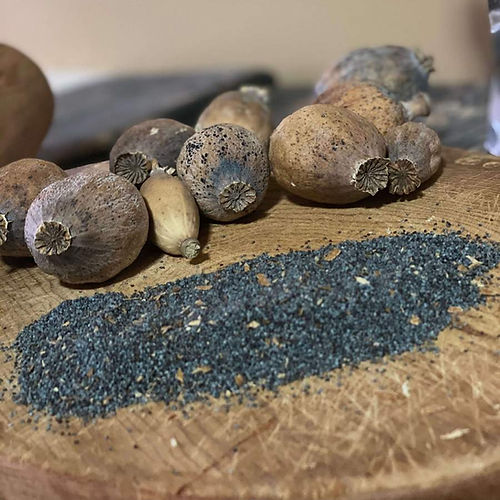
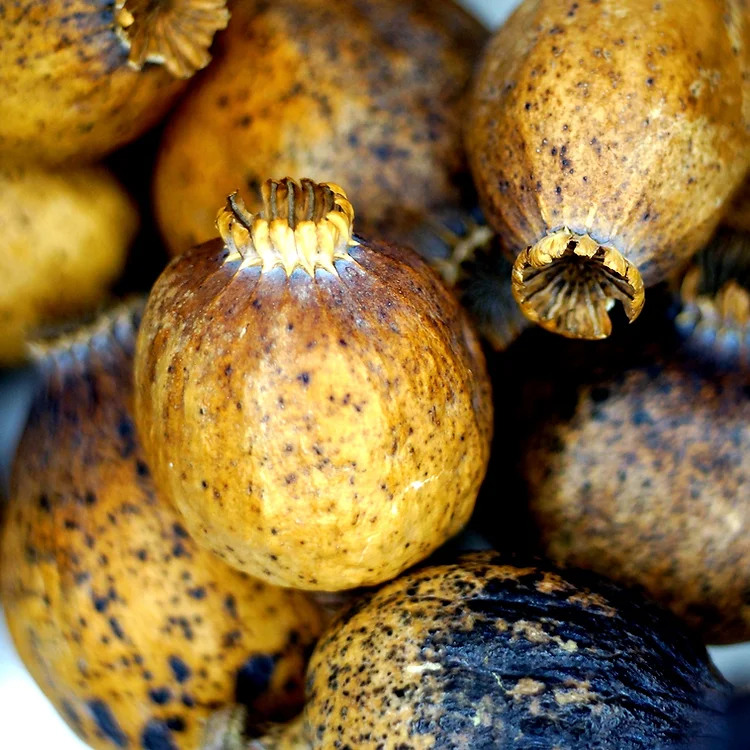
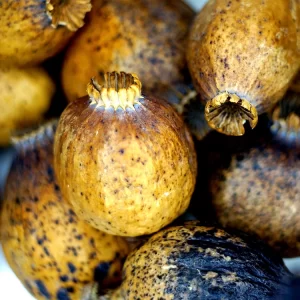
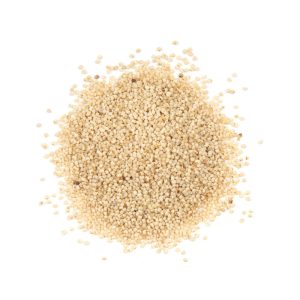
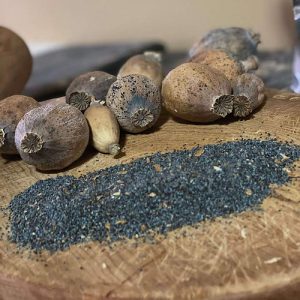
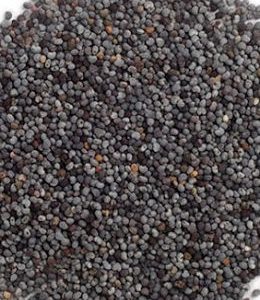
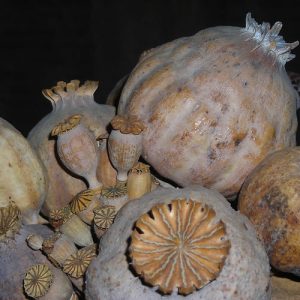
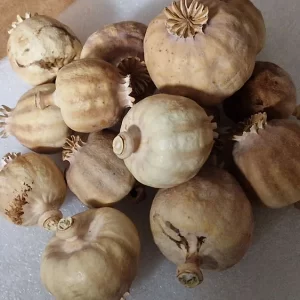
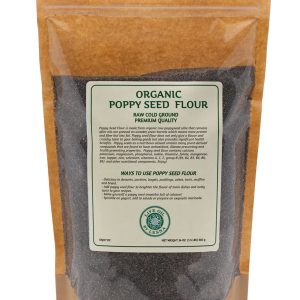
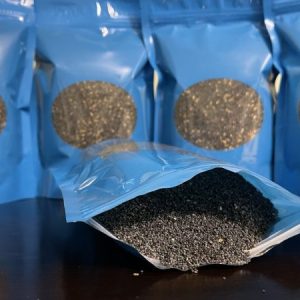
Your review is awaiting approval
7odas5